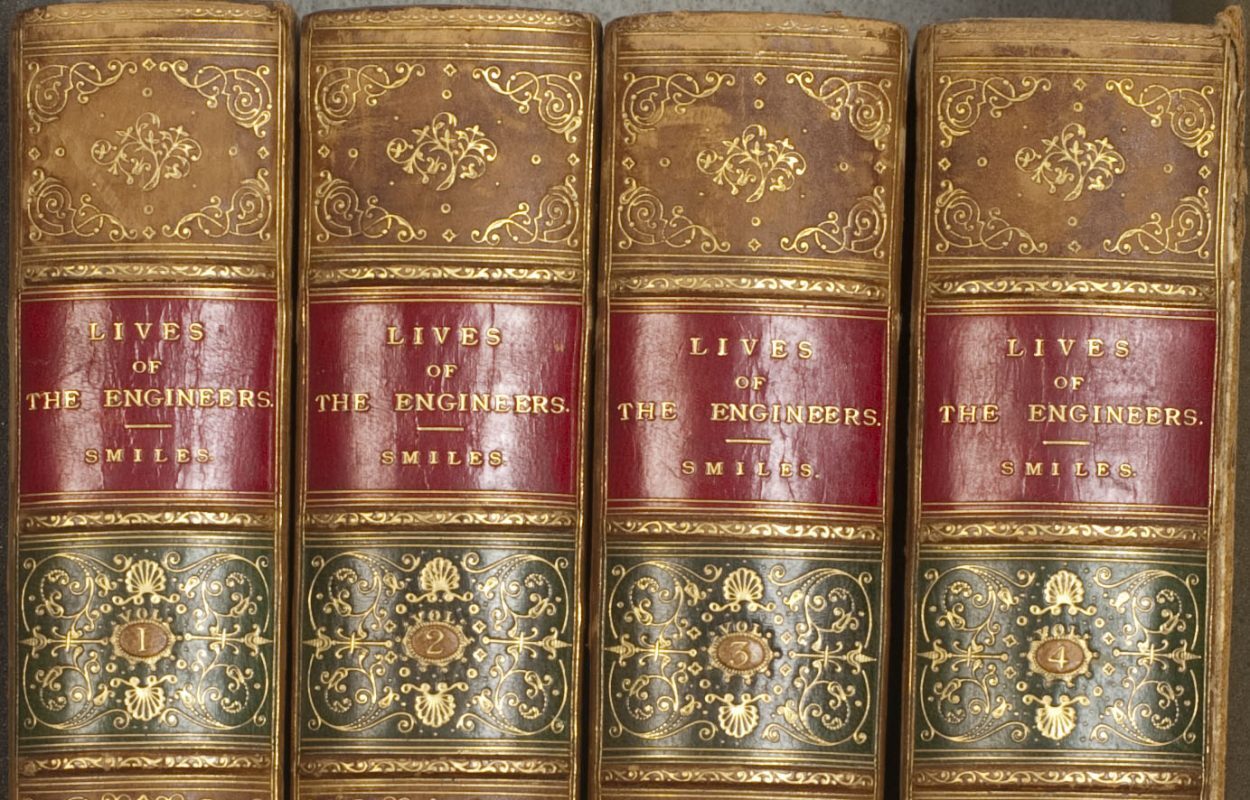Year 130 – 1990: “G” Is for Gumshoe by Sue Grafton
Published: New York, 1990 You don’t need to be Sherlock Holmes to understand why students might need a break from the rigors of an MIT education. For many decades, the Libraries’ collection of detective fiction has served to provide that escape. Before the Internet, before there was a television in every dorm room, students here at “Tech” would curl up with some lighthearted prose for the occasional respite. The seventh installment in Sue Grafton’s “alphabet series” is a contribution to this long Institute tradition. It’s no secret that today’s student is more likely to turn to the Web rather than […]
